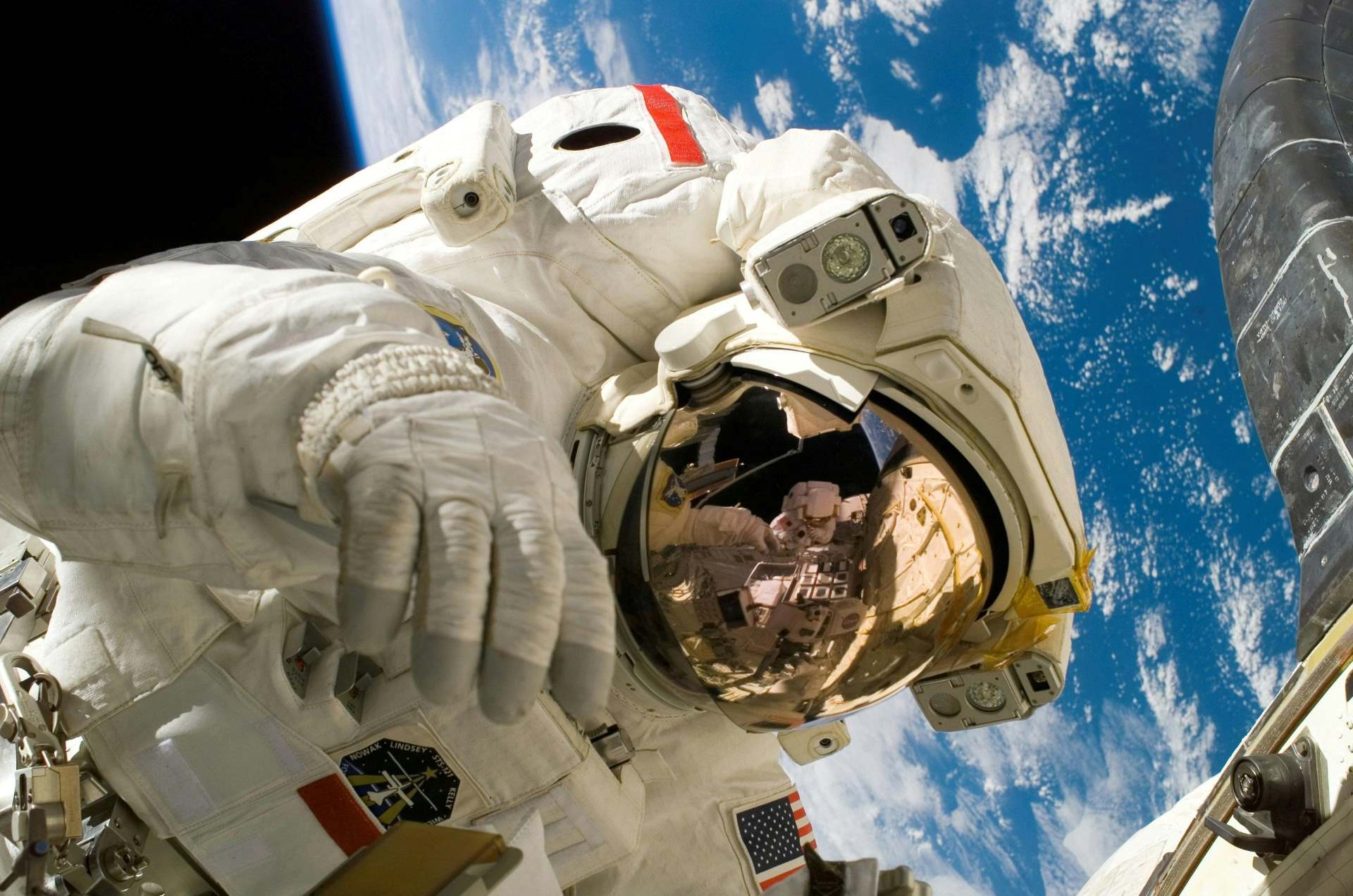OPINIONS
Anna Kynthia Bousdoukou

September 16 2024
When a leaking and glitchy space capsule recently stranded two US astronauts on the International Space Station, a critical question came to mind: What if this happened to a crew on Mars? It's one thing to develop fixes and backup plans for rescuing astronauts from a space station about 400 km from Earth. It would be quite another to manage problems remotely from a planet about 225 million km away, so far out that it takes months to travel in one direction and communications are delayed by 20 minutes each way.
Planning the first human journey to the Red Planet for as early as the 2030s not only requires a monumental leap in engineering and communication technologies, but also poses new and uniquely difficult ethics issues for everyone involved - not just for the astronauts themselves but for those charged with deciding when to go and how to get there, and for the societies that support and benefit from space programs.
Most significantly, how much risk to astronauts is acceptable for missions that are truly pioneering explorations with great uncertainty and great unknowns? If it is ethically acceptable for astronauts to be part of such missions, who gets to go, what criteria should be used to decide, and how should the risks to astronauts be balanced against the success of the missions?
We are privileged to be members of federal-level advisory panels in the United States, charged with identifying and analyzing the ethics and policy issues associated with such long-duration and exploration spaceflight missions. From that vantage point, we have some observations about the ethical questions that must be considered and addressed using principle-based approaches.
Anyone interested in space travel is familiar with scenes of NASA engineers huddling at Mission Control in Houston, working feverishly to solve a computer bug or an engineering snafu. The engineering of fail-safes and safety measures in the space program are understandably the highest priority, minimizing the chances of catastrophic accidents. However, as NASA plans to go longer and farther than ever attempted, health risks are both greater and less well-understood. There will be inevitable technological and engineering limits that force judgment calls about acceptable trade-offs. For example, the radiation exposures experienced by astronauts traveling deeper into our solar system will be much greater than those experienced on the Shuttle or at the ISS, owing to exploration missions traveling over much longer periods (many months rather than a few days) and beyond the Earth's protective magnetic field. Shielding astronauts from the harmful health effects of space radiation, including from galactic cosmic rays (yes, that's an actual thing), is critical. Yet, a properly shielded spacecraft using today's technologies would be far too heavy to transit to Mars. While new technological solutions are always in development, compromises are still likely to be required. Those trade-offs demand careful consideration in formulating policies that define acceptable levels of human health risks in the name of exploration.
For example, what if some people were more naturally resistant to the harmful effects of radiation due to their genetic makeup? In theory, it would make sense to choose them preferentially, but doing so would create inequities in opportunities to fly, a foundational principle that NASA has worked hard to implement as policy so that astronauts (women, men, young, old) would be treated equally when deciding who would be eligible to fly and for how long. While it may seem logical to prefer genetically resistant individuals for such missions, this approach would challenge many societies’ longstanding privacy protections for accessing and using genetic information.
Long distance and long duration flights also highlight distinct challenges in crew selection and composition. Qualified astronauts must not only be physically capable of performing designated tasks, but the crew as a team must also possess the right combination of technical expertise to ensure the highest chance of mission success. They must also be psychologically suited for the social isolation of a lengthy mission and complement each other’s personalities. Further, a mission will need pilots, scientists, and specialists to fulfill mission duties, as well as trained medics to manage a myriad of inevitable illnesses and injuries. However, a cramped spacecraft has a limited payload and cannot accommodate a surgical suite or even much of a mini-clinic. What medical supplies should they bring (and what can they leave behind), knowing that even superficial injuries on Earth, like cuts and burns, can genuinely be life-threatening in space?
One could argue that “prevention is always better than cure”, so would it be ethically preferable to select people who meet all the other mission-related requirements and are also least likely to fall ill? That would likely mean lots of pre-selection testing - genetic and otherwise. And since no one is “perfectly healthy”, crew selection also requires complex determinations about health risk trade-offs within an individual and among the crew. Prioritizing prevention can be taken even further. Preventive measures have been a practice for decades for some crews at isolated Antarctic research stations – because research staff cannot be easily evacuated in an emergency, medics have been required to have their appendixes preemptively removed before departure to avoid the risk of appendicitis or ruptured appendix which could be deadly in such a harsh and inaccessible environment. Would it be similarly justifiable to require astronauts to have body parts removed as a condition of joining a crew to Mars?
In most societies, individuals are often empowered to make voluntary decisions when confronted with complex choices. Yet the longstanding practice of informed consent may have reached its limit when it comes to an astronaut deciding whether to accept the risks of a Mars mission - there is just too much uncertainty for anyone to make a truly informed decision. Does that make an astronaut’s decision to go to Mars more like a waiver for risky activities such as bungee jumping off a bridge? Or is it more like asking patients to be the first to take part in risky first-in-human medical research? Space exploration has elements of both, but the risks are to the individual and the crew while serving the broader purpose of advancing national and societal interests.
Establishing clear standards for acceptable health risks - those that are understood and are predictable, as well as those that are highly uncertain, not understood, and unpredictable - is essential. Astronauts should only be offered the opportunity to fly once those risks have been assessed against those standards and deemed acceptable. Moreover, geopolitical considerations add complexity to framing and managing these ethical issues: being the first on Mars, countries’ claims of sovereignty over asteroids and parts of planets, valuable mineral rights, and the like.
NASA and its international collaborators recognize that space exploration to Mars raises uniquely difficult and weighty ethics questions, unlike any faced before. It is important to ensure that those high-stakes decisions are made responsibly and ethically in humanity’s drive to explore uncharted territories, boldly going where no one has gone before.



